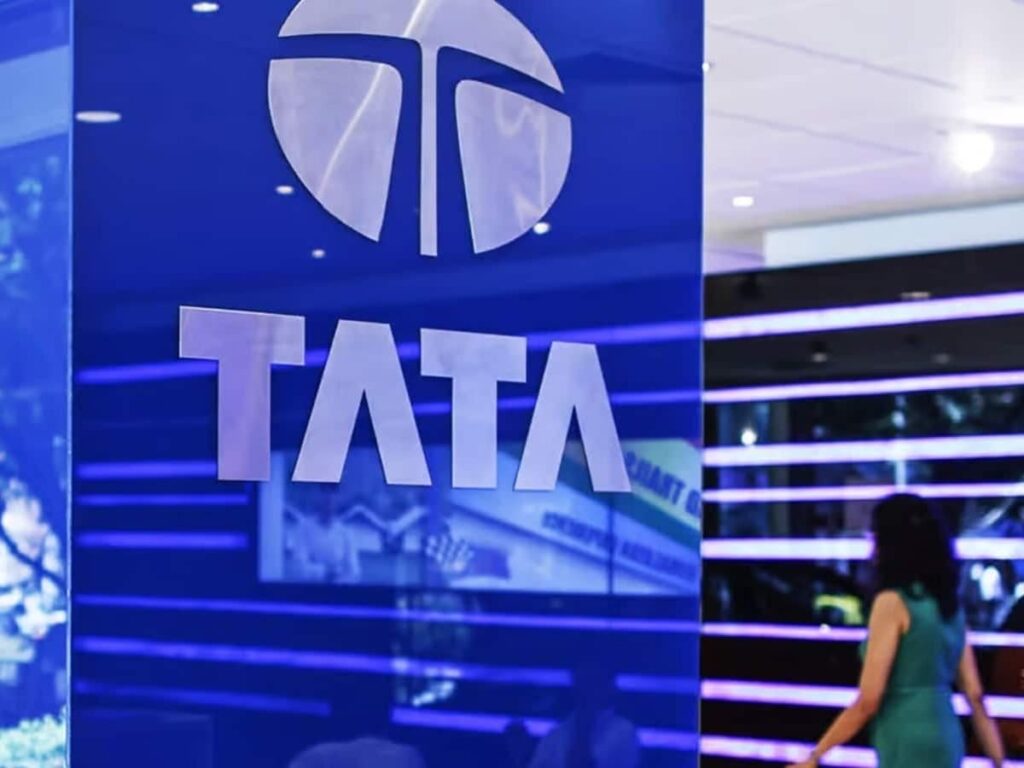The company has announced that it has surpassed an operational portfolio of over 1,000 large-format fashion stores, which includes 248 Westside locations and 757 Judeo stores. This significant milestone reflects the company’s strategic growth and expansion in the highly competitive fashion retail market. In this article, we will delve into the implications of this expansion, the unique characteristics of these stores, and the market trends driving this success.
Growth of the Large-Box Fashion Retail Sector
The large-box fashion retail sector has been experiencing rapid growth due to changing consumer preferences and the increasing demand for diverse and accessible fashion options. The company’s expansion is a response to these evolving market dynamics. By establishing a footprint of over 1,000 stores, the company is positioning itself to meet the needs of a broad customer base.
Store Portfolio Breakdown
| Store Type | Number of Stores |
|---|---|
| Westside | 248 |
| Judeo | 757 |
| Total | 1005 |
Factors Driving Success
Several key factors contribute to the company’s success in the fashion retail space:
- Diverse Product Range: The stores offer a wide variety of products that cater to different styles and preferences, attracting a larger customer demographic.
- Strategic Locations: By placing stores in high-traffic areas, the company ensures maximum visibility and accessibility for shoppers.
- Enhanced Shopping Experience: Focus on creating an inviting and engaging shopping environment that encourages customers to explore and make purchases.
- Use of Technology: Incorporating technology in store operations, such as inventory management systems and e-commerce platforms, helps streamline operations and improve customer service.
Market Trends Impacting Retail Expansion
The fashion retail industry is influenced by various trends that shape consumer behavior and buying patterns. Some of the notable trends include:
- Shift to Online Shopping: With the rise of e-commerce, many traditional retailers are adapting their strategies to use digital channels alongside physical stores.
- Sustainable Fashion: Consumers are increasingly prioritizing sustainability, prompting retailers to offer eco-friendly product lines.
- Personalization: The demand for personalized shopping experiences is on the rise, encouraging companies to leverage data analytics for targeted marketing.
Conclusion
The company’s achievement of surpassing 1,000 large-box fashion stores is a testament to its effective growth strategies and responsiveness to market trends. As the fashion retail landscape continues to evolve, staying ahead of consumer demands and preferences will be crucial for maintaining this upward trajectory. The commitment to providing a diverse range of fashion options and an enhanced shopping experience positions the company as a leader in the retail sector, poised for further expansion and success in the future.
